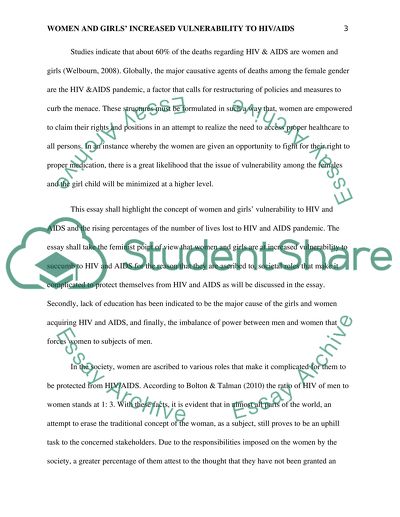Cite this document
(“Women and girls` increased vulnerability to HIV/AIDS Essay”, n.d.)
Retrieved from https://studentshare.org/gender-sexual-studies/1395150-final-research-paper
Retrieved from https://studentshare.org/gender-sexual-studies/1395150-final-research-paper
(Women and Girls` Increased Vulnerability to HIV/AIDS Essay)
https://studentshare.org/gender-sexual-studies/1395150-final-research-paper.
https://studentshare.org/gender-sexual-studies/1395150-final-research-paper.
“Women and Girls` Increased Vulnerability to HIV/AIDS Essay”, n.d. https://studentshare.org/gender-sexual-studies/1395150-final-research-paper.


